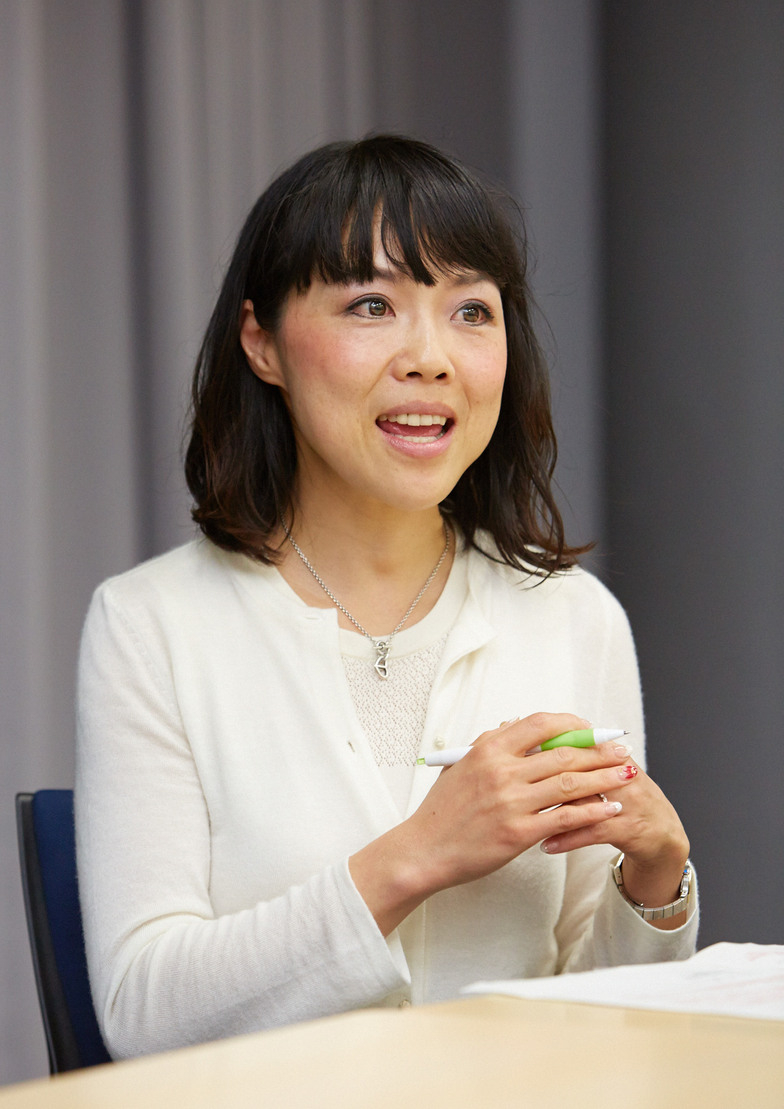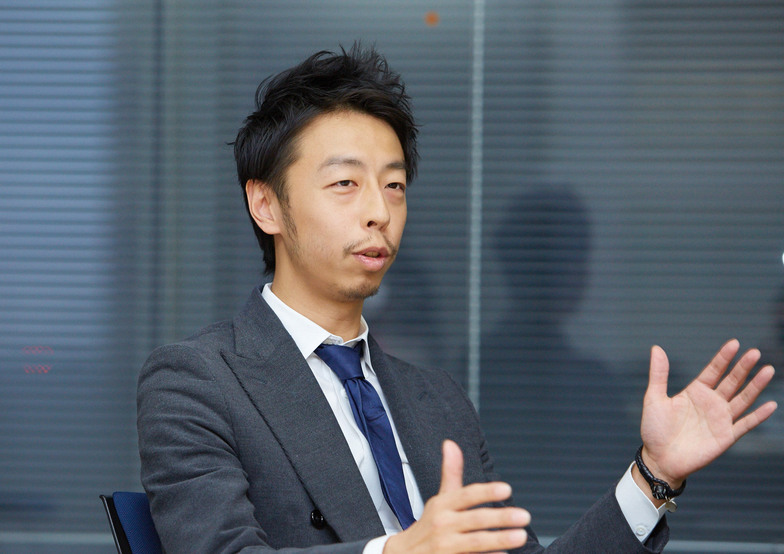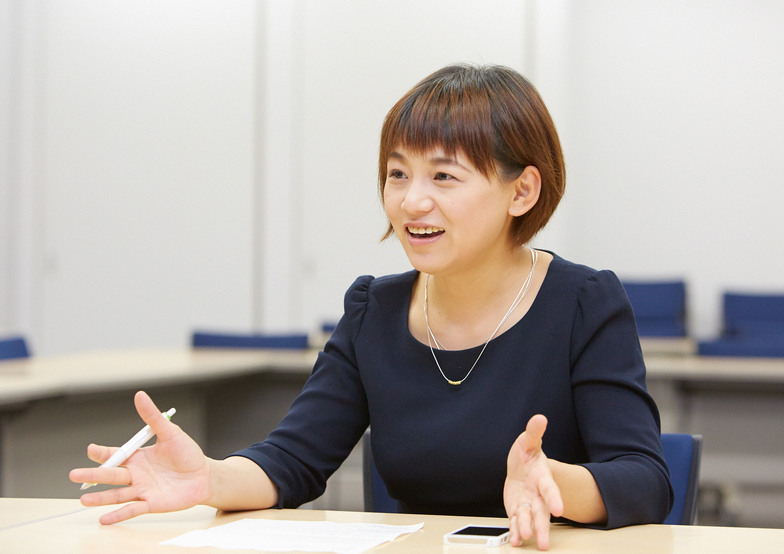Interest in "inbound tourism" surged dramatically starting in 2014, and its momentum remains strong enough that it was selected as a buzzword again this year. While it's often thought that immediate results can be achieved through one-off measures, inbound initiatives require careful marketing. Continuous activity and course corrections through trial and error are essential.
This time, we interviewed Ms. Ari Kudo of the Japan Racing Association (JRA), which has been focusing on attracting foreign visitors since 2008, alongside Mr. Tansei Watanabe, JRA Account Executive at Dentsu Inc., and Ms. Akino Yamamoto, an inbound consultant.
Interview Structure: Aki Kanahara, Dentsu Inc. Event & Space Design Bureau

Mr. Watanabe, Ms. Kudo, Mr. Yamamoto
JRA began focusing on inbound tourism long before the boom
Yamamoto: The JRA held an experiential event for Chinese tourists on November 15th. Could you tell us the goals you aimed for with this event?
Kudo: We wanted to focus on PR with Chinese media this fall, so we organized this tour as material to get media coverage. We held two events over two days, with one day specifically targeted at Chinese media.
Watanabe: Since last year, we've been partnering with Chinese travel agencies to run racecourse viewing tours. While visitor satisfaction is high once they come, expanding beyond that has been challenging. This event was created to address that PR need. Given China's advanced social media landscape, we hope to effectively convey the enjoyment of the racecourse.
Yamamoto: So it's not about advertising, but rather letting participants experience it firsthand, and having their authentic voices spread to convey the appeal of JRA. When did these efforts begin, and what has the background been like?
Kudo: The JRA started initiatives to attract foreign tourists back in 2008. While the target audience was broad, including foreigners residing in Japan, there were no tools available to introduce Japanese horse racing in foreign languages. So, we created four tools: a mark card template, a betting guide, a booklet introducing Japanese horse racing as a whole, and pamphlets/leaflets for each racecourse. These were distributed in English, Korean, and two versions of Chinese (Simplified and Traditional).
In 2009, we began exploring how to promote Japanese horse racing to get people to visit the tracks. At the time, we felt we should try everything possible, so we implemented all the advice we received from various sources, as long as the budget allowed.

Betting Guide (Traditional Chinese Edition)
Yamamoto: So you started working on this quite early. Inbound tourism measures really started gaining attention around 2014, so it seems the JRA has been steadily working on this for a long time.
Trial and error and ingenuity unique to inbound tourism
Kudo: The most essential task is adding foreign language signage to all signs at racecourses, WINS facilities, and other locations. Currently, this is only implemented at facilities newly constructed or renovated after the era when universal design was advocated. Moving forward, we recognize the need for foreign language guidance, starting with Tokyo Racecourse, which sees high foreign visitor numbers.
Watanabe: I started working with JRA in 2012, and even back then, their ultimate goal was to drive foreign customers to the racecourses.
We approached hundreds of travel agencies in mainland China. However, since horse racing can occupy an entire day, travel agencies saw risk in including a full day at the racecourse within itineraries like 6 nights/7 days covering Tokyo, Osaka, and Fukuoka. In 2014, we partnered with the Japan branch of China International Travel Service (CITS), China's top state-owned travel agency, to identify horse racing enthusiasts. Since collaborating with them, we've seen a steady increase in visitors to the racecourse.
Yamamoto: The events were a huge hit, weren't they?
Watanabe: Absolutely. It really reaffirmed the potential of horse racing.
Yamamoto: What has been the most challenging aspect of your work so far?
Watanabe: I think needs have diversified—people want to experience more of Japan's culture beyond shopping, explore regions beyond Tokyo and Osaka, or visit hot springs. Initially, most people only wanted to see Tokyo, Osaka, Mount Fuji, and major spots, so the idea of a racecourse didn't resonate. Groups that were scheduled to come ended up canceling at the last minute.
Yamamoto: How did you solve that?
Watanabe: For group tours, it's about how well we can partner with Chinese travel agencies. To do that, we need to highlight the appeal as a tourist destination, not just the shopping aspect. For example, the JRA (Japan Racing Association) markets itself more as a "theme park" than just gambling. They emphasize attractions like the Horse Racing Museum and Japanese gardens within the racecourse. On the other hand, we need to figure out how to engage the rapidly growing number of individual travelers. Ultimately, we have to tackle both.
Kudo: In my case, I transferred to the International Department this March and immediately inherited an issue with the rooms used by Chinese tour groups. Horse racing runs from around 10 AM to 4:30 PM, offering 12 races throughout the day. Yet, Chinese visitors often arrive in the afternoon, eat lunch elsewhere, and sometimes only stay for 2-3 races. Furthermore, I heard complaints from other VIP guests asking if the area couldn't be made quieter.
Watanabe: So they were using the top-tier VIP lounge, the absolute best one.
Kudo: The tour itinerary specifically included "VIP room viewing."
Yamamoto: When I speak Chinese, people usually tell me I'm loud and talk too much (laughs). What do you think we should do to consistently attract good customers?
Watanabe: Group tours are stable because if you include the tour in the itinerary, 100% of participants will attend. However, group tour customers tend to be over 40. If you want to target younger people, you need to collaborate with individual travel sites for PR.
Rather than "mass buying," I think we'll see "mass consumption" in the future, encompassing entertainment and services. JRA's initiatives serve as a leading example of this. Japanese horse racing is a widely accepted entertainment culture. For major races, 100,000 people flock to watch a two-minute event – such large-scale events are rare both domestically and internationally. I feel overseas attention is growing towards these major events.
Kudo: I completely agree. The JRA has consistently promoted horse racing as a wholesome sports entertainment. We've emphasized its appeal as a "horse-themed amusement park" where even families with young children can enjoy themselves at the racetrack.
Regarding ensuring fairness, we've repeatedly revised our systems while aligning with global horse racing rules. The fact that tour proposals are no longer rejected even in gambling-restricted China proves the JRA's past efforts were not in vain.
Beyond the inherent charm of the horses themselves—and the thoroughbreds racing are beautiful—visitors to the racetrack also have opportunities to ride in horse-drawn carriages or interact with miniature horses. We want to actively promote these experiences as well.
We will further enhance our welcoming measures and staff training initiatives.
Yamamoto: By 2020, we expect people from various countries and regions, including China, Taiwan, Hong Kong, and South Korea, to visit racetracks for the first time. I'd like to hear about the JRA's future inbound initiatives and your thoughts.
Kudo: While our past efforts weren't wrong, the current tailwind for inbound tourism presents an opportunity to aim for new directions. Ideally, we want to see a steady increase in organic visitors, including individual travelers. We need to consider PR methods tailored to these customers.
Also, since our staff hasn't needed to handle foreign visitors before, we need to prepare interpretation tools not just for customers but for staff to use. We must enhance our measures for welcoming foreign visitors who come to the racecourse.
Watanabe: Actually, visitors from China still only account for about 0.2% of the total, which is incredibly low. Taiwan is around 10%, Korea about 6%. China's middle class is still growing; this is just the beginning. When that middle class expands, traveling to places like America or Europe might become financially challenging for them. I believe there's a segment waiting to visit Japan, and initially, they'll likely start with group tours. Group tours will likely continue driving the market, while younger people, those with slightly higher incomes, and discerning travelers will shift toward individual travel. We need to effectively address both segments.







